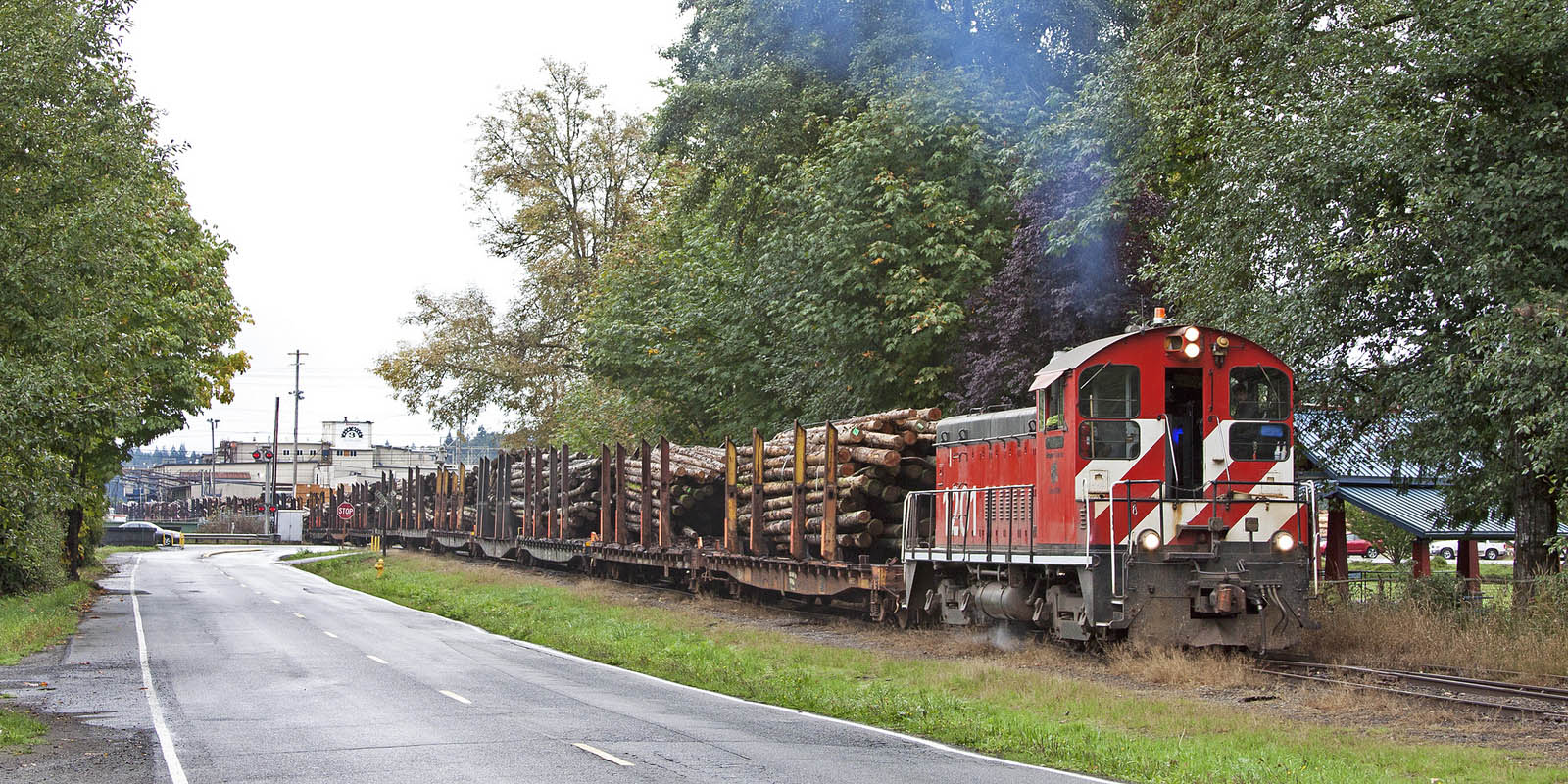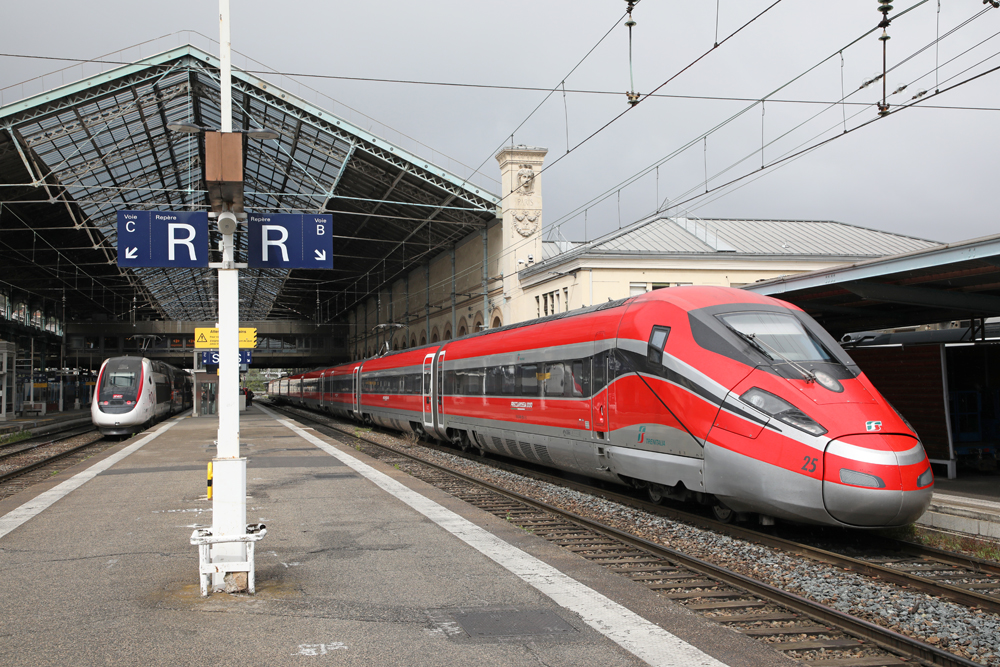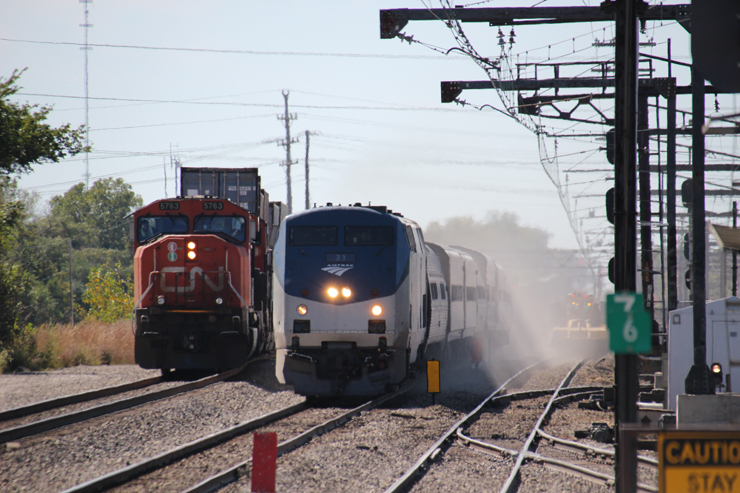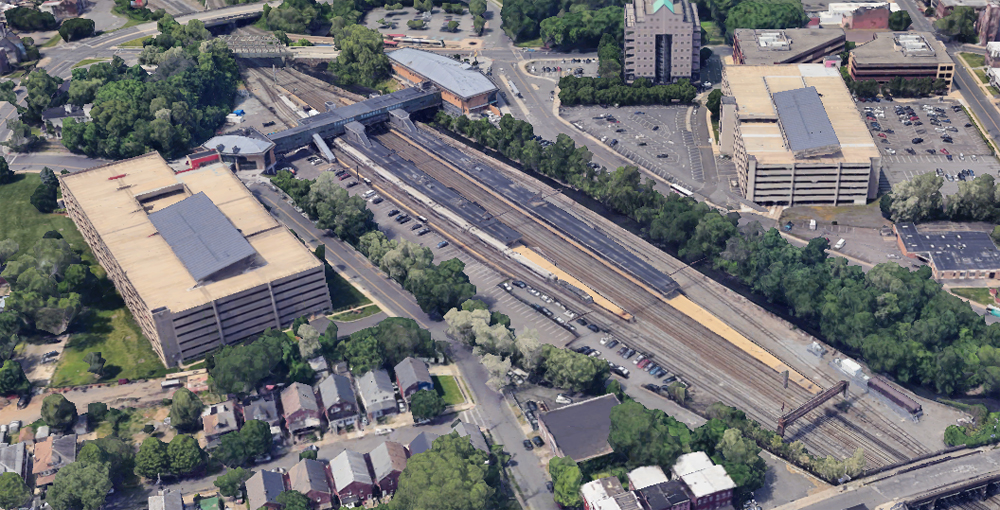On Tuesday, the Simpson Lumber Co. announced it had sold its sawmill operations in Shelton to Sierra Pacific Industries. In a separate announcement, SPI stated it would not operate the mills in Shelton but rather dismantle them and build a new, state-of-the-art mill there to be opened in 2017. About 270 people will lose their jobs because of the sale.
The company has not sold the railroad, however it will be shut down along with the mills in late June.
Located about an hour and a half south of Seattle, the Simpson rail operation out of Shelton is considered by many as the last traditional logging railroad in the U.S. At one time, Simpson’s railroad stretched for more than 200 miles through the forest south and west of the Puget Sound, but today only 11 miles remain.
Simpson spokeswoman Betsy Stauffer tells Trains News Wire that it is unclear what will happen to the railroad in the future and that the company is currently focused on wrapping up the deal with SPI and shutting down the mills in an orderly fashion. She says that the company does realize the historic value of the rail operation and that it will be open to suggestions on how to “repurpose” it in the future. For now, the rail line will not be removed.
While the railroad continues to switch its parent company’s sawmill in Shelton, the main line between there and Mill 5, just west of there, has been shut down since 2013 after a train carrying logging equipment snagged a power line and took down five utility poles. The resulting outage left 700 people without power and left one woman trapped for nearly an hour when a live wire came down on her vehicle.
Before the shutdown, the Simpson railroad took logs that had been floated to Oakland Bay 11 miles up the line to Mill 5. There the logs were made into lumber, some of which was loaded onto flatcars and railed back to Shelton. In 2012 and 2013, it was common for trains to make one or two daily round trips, depending on demand and the tide. The railroad uses four SW1200s and one SW900, which replaced steam in the 1950s.
The closure of the Simpson rail operation leaves just one traditional logging railroad left in North America: Western Forest Product Co.’s Englewood Logging Railway on Vancouver Island in British Columbia. The Englewood operation includes 56 miles of track on the north end of the island.















The mill site was purchased by Sierra Pacific. They in turn will be building a new state of the art mill at that location. And with them doing that, one would think they would retain the short line logging railroad, as it beats trucking all the logs to the mill. Either way, that is great news for the city and the region. It will be up and running in 2017.
It is interesting how all comments are from the southwest? We have not had lumber mills with raw logs in decades. And yet no comments on the loss of this dying industry in the US.
Reviewed Mr. Hays' comment regarding USFS policy and toothpicks, and he is quite right. Back when I was there the train to the inland mill ran as needed to carry small diameter logs up to that mill which was designed to process them. From the looks of the train there are a lot more small diameter logs going inland now, which should mean that more toothpicks are being floated down the bay to Shelton now that some 15 years ago.
As the sign showing a spotted owl tied down to a logging truck said, "Did you ever try to build a home with one of these?"
It says there are only 4 comments, so I assume nobody has responded to Mr. Vinson. Sound Transit would not be interested because the location is across Puget Sound from their operations. However, Shelton would make a great location for a tourist railroad. I taped operations on the Puget Sound & Pacific some 15 years ago, and that railroad is the outlet for finished lumber. I shot views of some operations on the Simpson Railroad, but only a cameo or two survived editing onto the published tape. The other scenes are on tapes that need to be sorted in order to preserve scenes that are likely to become historic. That is one of many items on my "bucket list." I have to live quite a few more years before I kick that bucket.
The town of Shelton was hurting big time when I was there. The highway had passed them by as it traversed the land along the west side of Puget Sound, and Wal-Mart had put a store up top. They were trying to save all the retail space that had either migrated toward Wal-Mart or was starving for customers because they had not moved out of downtown.
With the old mill being replaced with a new one, rail will still be required if only as a means of providing an alternative to trucking the finished product to market. Shouldn't need all the present engines though.
Sound Transit would probably be interested in that line. Otherwise, it is a great opportunity for a tourist railway or railway museum.
Shelton is heavily dependent on the mills. It might be only 2 hrs from Seattle but it's 50 years away too. White, Blue collar and Folgers coffee. It's a small berg with a long long history of logging and lumbering. The rail line location doesn't go "anywhere" but might be suitable for a tourist line
From the looks of the tiny 'toothpicks' on that train, methinks the USFS had a lot to do with the economic viability of the mills. Maybe the spotted owls, too.